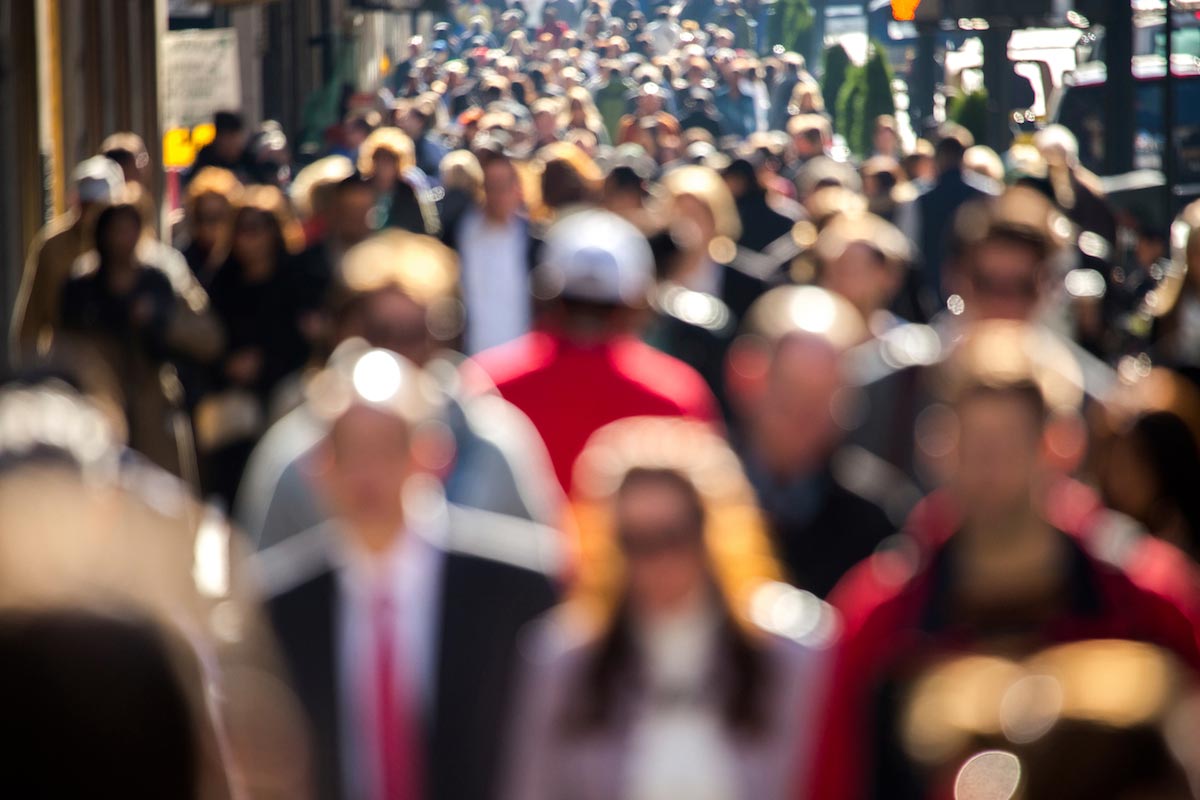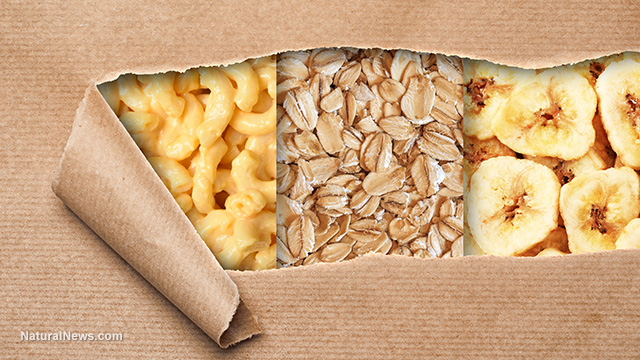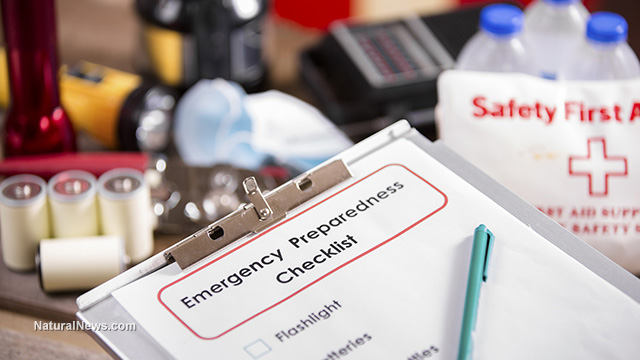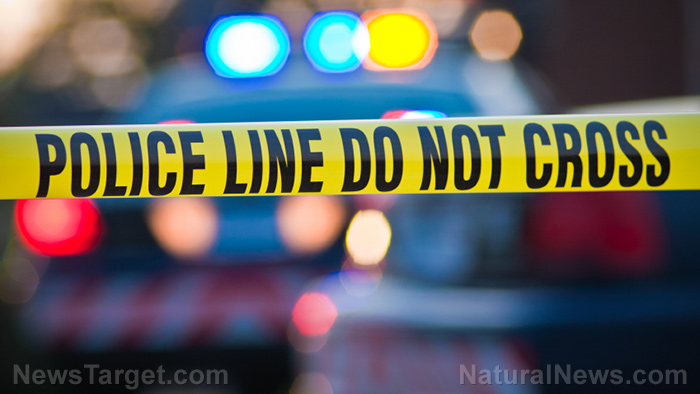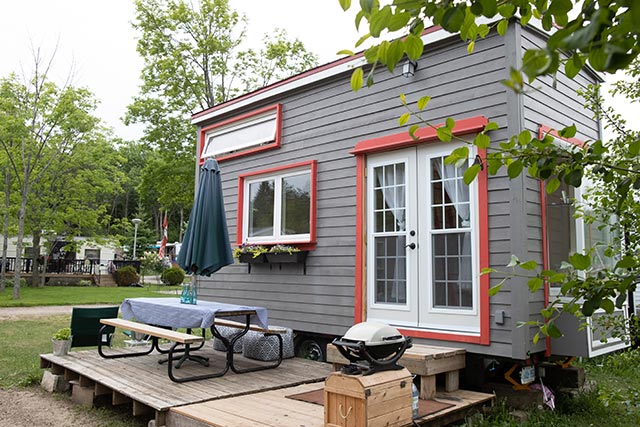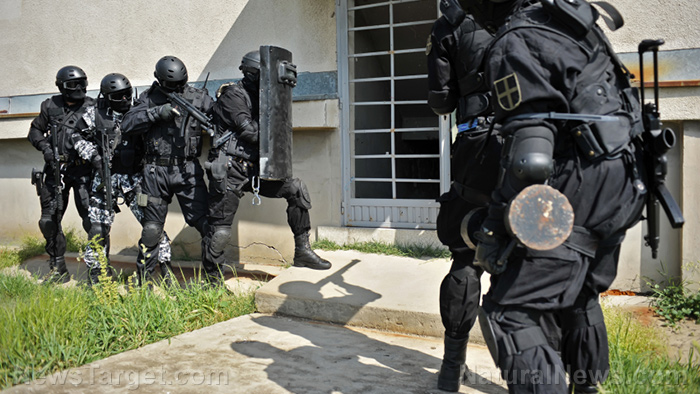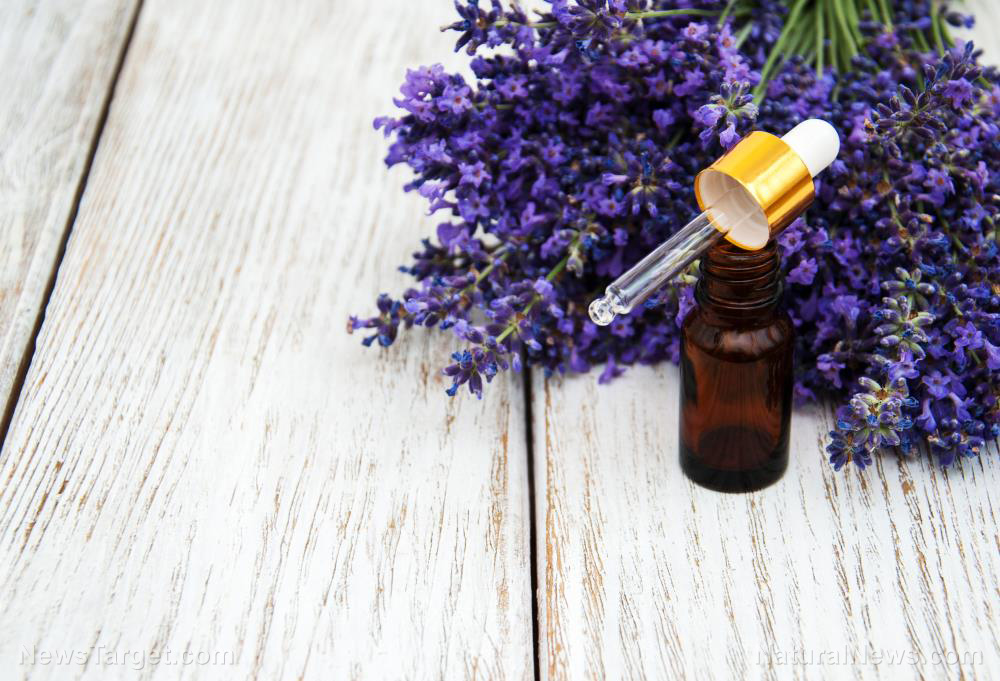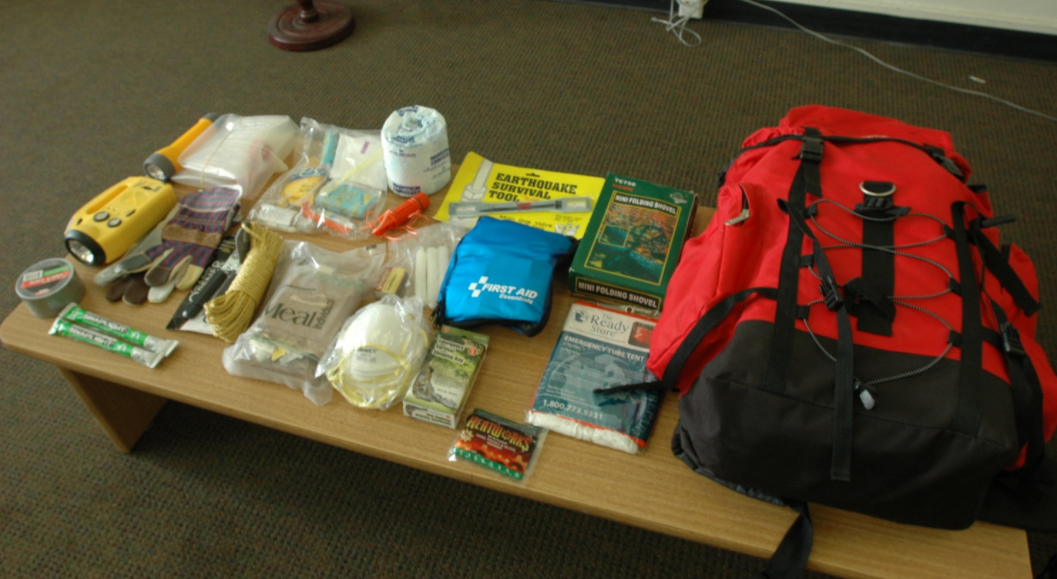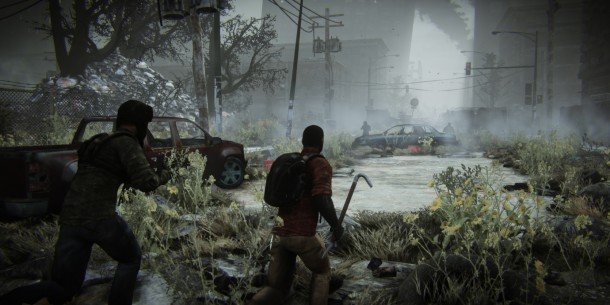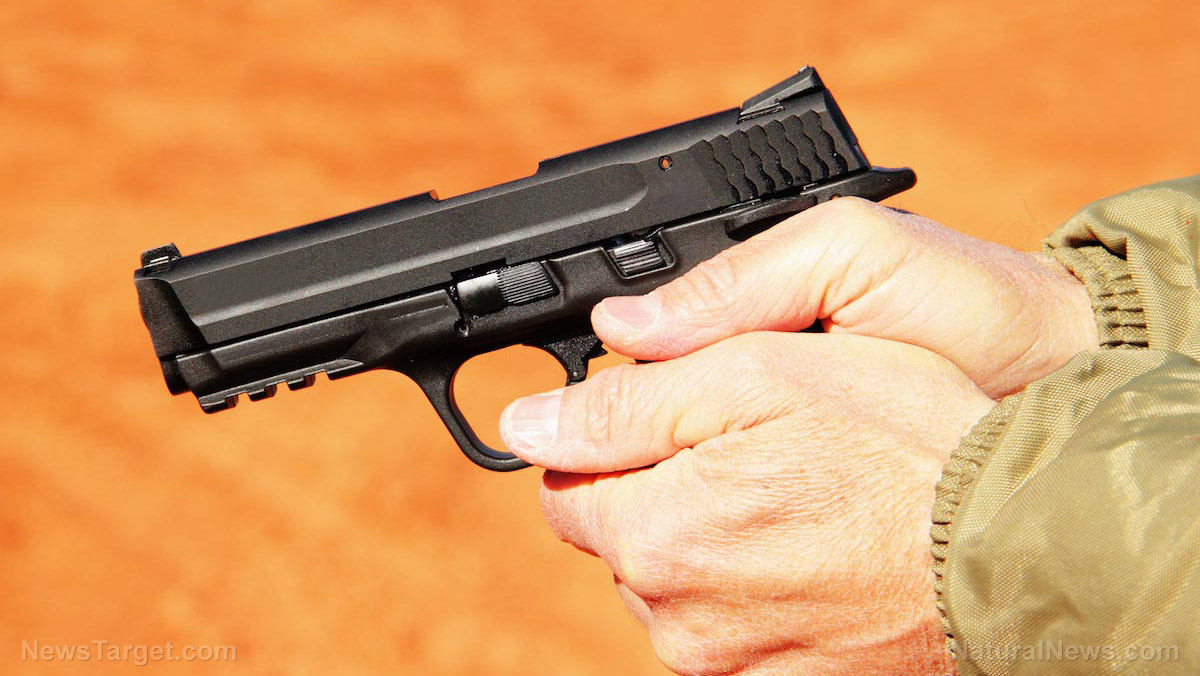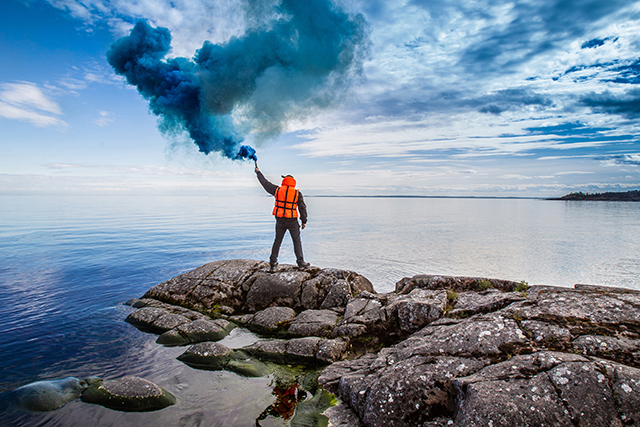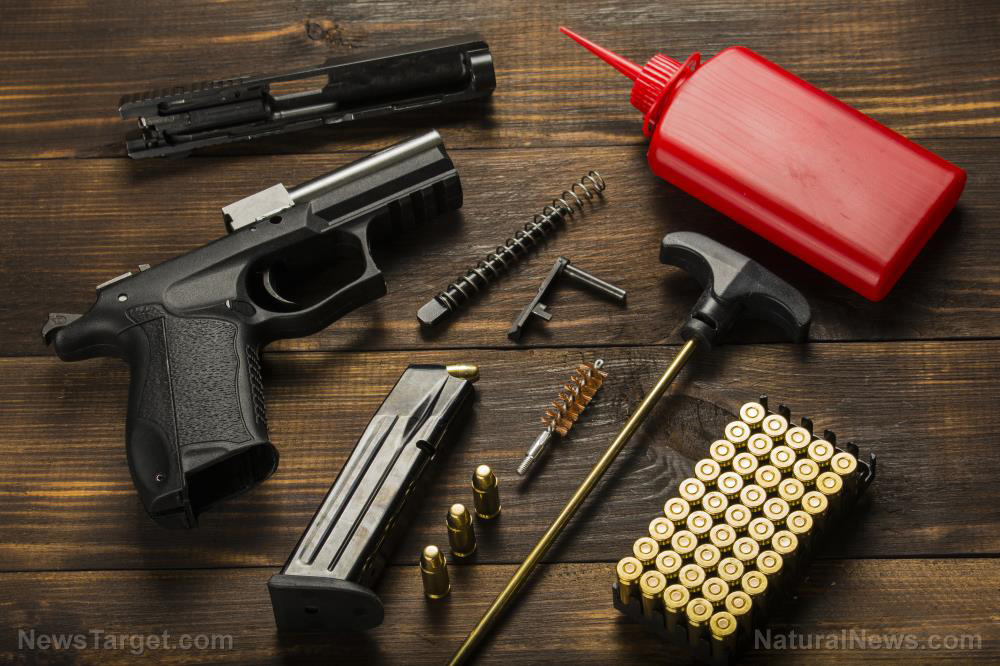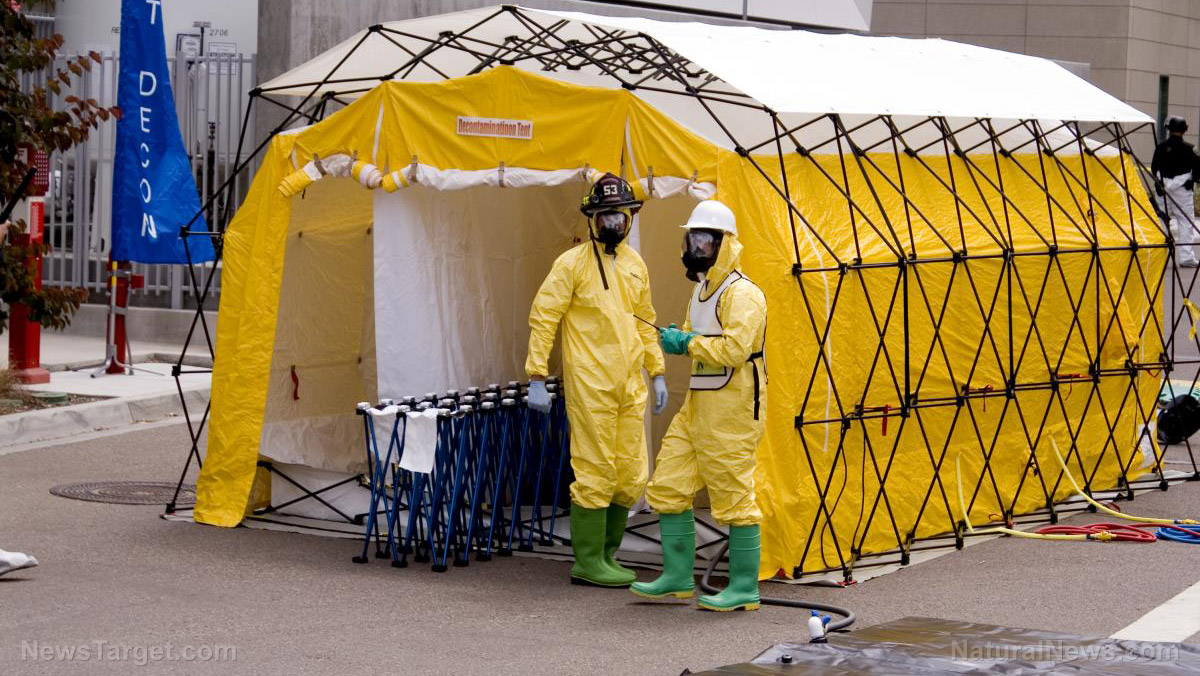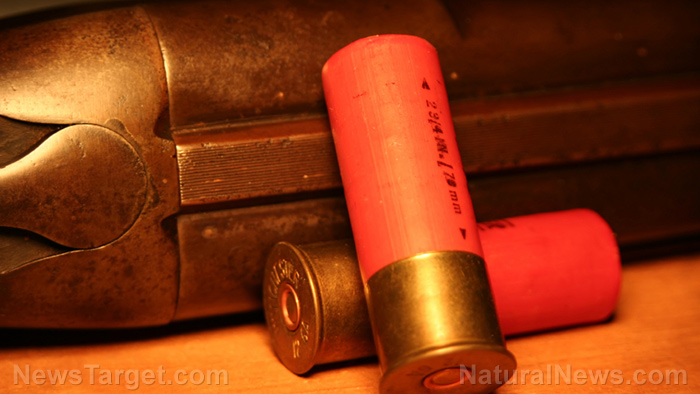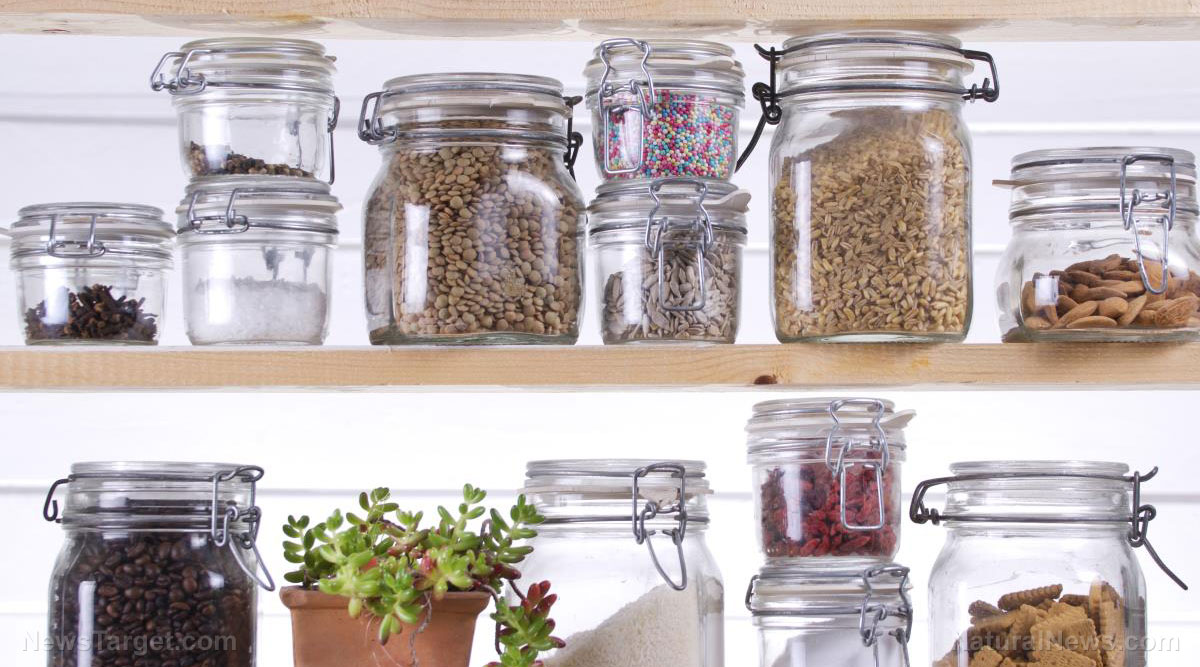5 Everyday items you should always have with you
02/23/2019 / By Mary Miller
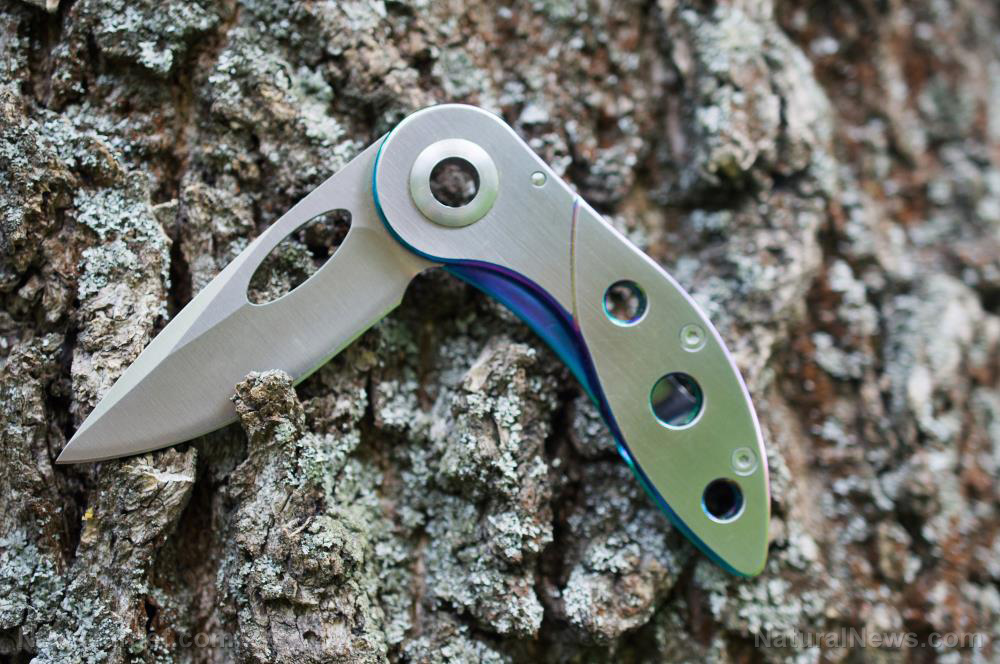
Most preppers probably have a bug-out bag (BOB) or a 72-hour survival kit in case SHTF, but do you have an Everyday Carry (EDC) kit that you bring with you wherever you go? Emergencies can happen at any moment, so your EDC kit should be equipped with items that can come in handy during these situations. These items should be lightweight and compact enough to fit in your pocket. Here are five essential items that you should always take with you every day in your EDC kit. (h/t to SHTFBlog.com)
Knife
One of the most important and useful items you can carry in your EDC kit is a good-quality knife. Either a fixed blade or a folding knife can allow you to cut through most materials in an emergency situation. It also makes for an easily concealable weapon that you can use to defend yourself in case you are ever attacked. Consider what kind of knife you will need for the possible obstacles you might encounter. Folding knives with pocket clips are more convenient to carry, while fixed blades are often sturdier, and are less likely to bend or break. Serrated blades are excellent for making slicing cuts, whereas plain-edged blades are better for making pushing cuts. (Related: Items that you should carry with you every day… for the ultimate prepper.)
Cell phone
You probably already bring your phone with you wherever you go, even without an EDC kit. Outside of an emergency context, chances are that you frequently use your cell phone for communication and information purposes. That said, if you do find yourself in an emergency situation, you can almost always use your phone to dial 911 and call for help. A cell phone can have many basic features, but if you know how to utilize them well enough, then you can take these features a step further from their intended purpose. If you have a smart phone, you can use it to download all sorts of useful applications to make your life a lot easier. Most cell phones also often have a flashlight feature that you can use in case the power goes out. Additionally, most cell phones come with lithium batteries that you can use to start a fire.
Sponsored solution from the Health Ranger Store: Lab-verified Nascent Iodine solution is a dietary supplement that provides your body with supplemental iodine to help protect your thyroid during radiation exposure. Nuclear accidents such as Fukushima (or nuclear war) can expose your body to radioactive iodine-131, a dangerous radioisotope. Pre-loading your system with stable iodine occupies the iodine receptor sites on your organs, causing your body to naturally expel radioactive iodine you may have been exposed to through air, food, water or milk products. This defensive strategy is recommended by nearly all health authorities, worldwide, including the Nuclear Regulatory Commission. Discover more at this link.
Lighter
Of course, if you already have a lighter, then you won’t even need to find other roundabout methods of starting fires. Lighters aren’t just for smokers. They can be invaluable for preppers too. You don’t even need any fancy lighters, such as Zippo lighters or battery-powered lighters. A mini Bic lighter is smaller, cheaper, and can do the job just as well. The fuel will even stay in your lighter for a much longer time. To keep your lighter working efficiently, you’ll want to keep your lighter dry, especially the spark wheel. If you can, try to wrap a zip-tie or a rubber band around underneath the gas button to prevent the fuel from being released accidentally.
Flashlight
Your phone might already have a flashlight feature, but nothing beats a standard flashlight when you need a reliable and long-lasting source of light. LED flashlights are some of the most energy-efficient kinds of flashlights you can buy. However, even if you likely won’t run out of power, don’t forget to bring a few spare batteries, just in case. Alternatively, you could choose to get a flashlight with rechargeable batteries. If you can get a flashlight with a dual-direction clip, you can even use it for a makeshift headlamp.
Bandanna/handkerchief
A handkerchief isn’t just for wiping your nose or drying your hands. In a survival situation, you can use a bandanna to help keep parts of your body cool or warm your body up. You can use a clean handkerchief to bandage minor wounds or to filter sediment from water, before purifying and drinking it. It can also make for great tinder in case you need to start a fire. If you find yourself in a situation with plenty of smoke and dust, use the bandanna to cover your nose to avoid breathing in dust particles or pollutants.
Sources include:
Tagged Under: bug out, disaster, EDC, EDC kit, emergencies, everyday carry, Gear, off grid, preparedness, prepper, prepping, SHTF, survival, survival gear, Survival Tips, survival tools, survivalist

